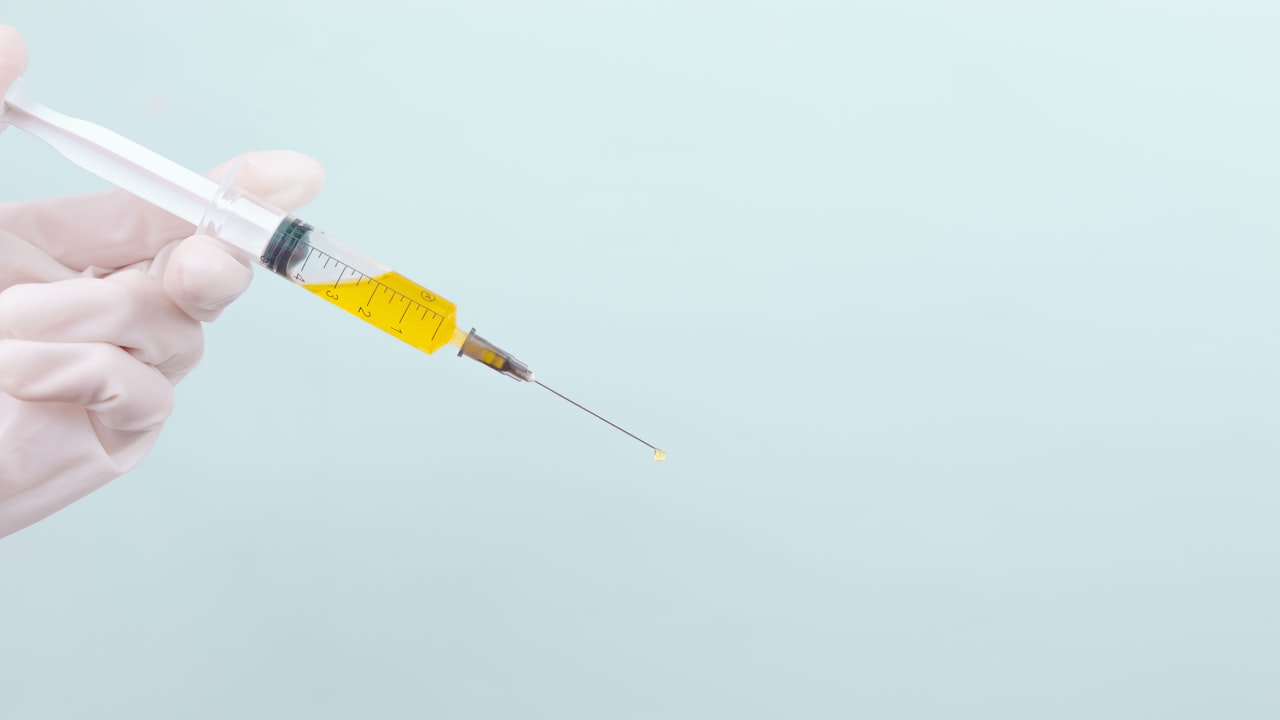Title: Designing Precision Injection Molds for Efficient Production Optimization
Injection molds are critical components in the manufacturing process of plastic products. As an essential part of the injection molding process, the design of precision injection molds plays a crucial role in determining the quality, efficiency, and cost-effectiveness of production. In this article, we will explore the significance of designing precision injection molds for efficient production optimization.
Injection mold factories are responsible for producing high-quality molds that meet the specific requirements of their clients. These factories utilize advanced technologies and tools to design and manufacture precision injection molds with intricate details and precision. By collaborating with experienced injection mold suppliers, manufacturers can ensure the production of molds that are tailored to their unique needs.
The design of precision injection molds involves various stages, starting from concept development to final production. During the initial phase, designers work closely with clients to understand their requirements and specifications. Using computer-aided design (CAD) software, designers create detailed 3D models of the injection molds, allowing them to visualize and optimize the design before production.
One of the primary goals of designing precision injection molds is to achieve optimal production efficiency. By carefully considering factors such as mold material, cooling system design, and part ejection mechanisms, designers can enhance the overall performance of the molds. Efficient design strategies help minimize cycle times, reduce material waste, and improve the quality and consistency of molded parts.
In addition to production efficiency, precision injection mold design also focuses on cost optimization. By incorporating innovative design features and utilizing advanced manufacturing techniques, designers can reduce the production costs associated with mold fabrication and maintenance. Cost-effective design solutions enable manufacturers to achieve higher profitability and competitiveness in the market.
In conclusion, designing precision injection molds is essential for optimizing production efficiency and achieving cost-effective manufacturing processes. Injection mold factories and suppliers play a significant role in delivering high-quality molds that meet the evolving needs of the industry. By investing in innovative design technologies and collaborative partnerships, manufacturers can enhance their production capabilities and stay ahead in the competitive market landscape.

 Title: Design Considerations for Injection Molds: Key Factors and Tips
Title: Design Considerations for Injection Molds: Key Factors and Tips